Hello, cozy gaming enthusiasts! Today, I’m excited to share my Let’s Build a Zoo review by Springloaded. If you love laid‑back simulation games, you’ll enjoy its creative zoo‑building and endless animal‑management fun. In this review, I’ll cover gameplay, story, visuals, sound, and replay value. Let’s dive in!
Overall Impressions
When I first launched Let’s Build a Zoo, a charming art style and inviting zoo atmosphere greeted me. Immediately, the promise of constructing enclosures and experimenting with DNA splicing sparked my curiosity. I relish games that balance creative freedom with playful challenges, and this title delivers both—albeit with a few hiccups in UI clarity and mechanical guidance.
On the plus side, the sheer scope of animal breeding—over 300,000 genetic combinations—sets it apart from other casual management sims. Yet, unlike more streamlined titles, progression here can feel like navigating a maze without clear signposts. Still, the innovative DNA‑splicing twist makes for a compelling foundation.
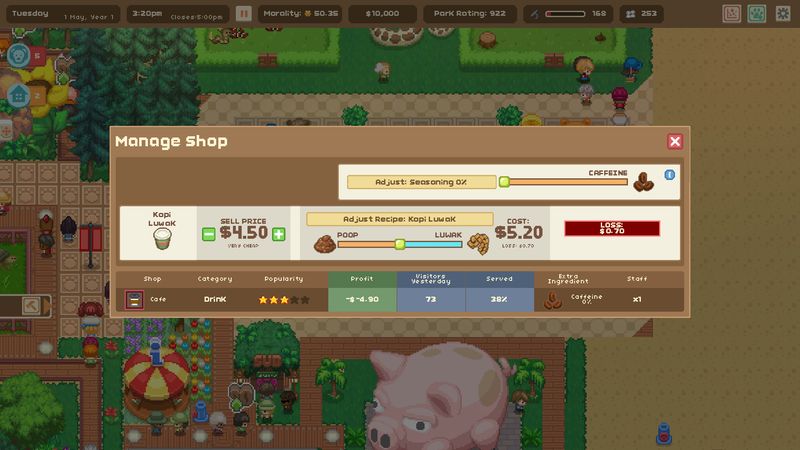
Gameplay Mechanics
At its core, Let’s Build a Zoo tasks you with:
-
Designing enclosures and decorating habitats
-
Purchasing and breeding animals through DNA experimentation
-
Hiring staff—zookeepers and veterinarians—to maintain operations
The research and quest system does a great job of introducing new features gradually. As you unlock mechanics, you’ll feel rewarded watching your zoo flourish with unfamiliar creatures. However, fast‑breeding species—like rabbits, geese, and ducks—often demand constant attention. An automatic release option would streamline management and preserve that relaxing vibe. Additionally, the UI sometimes obscures key functions, causing me to backtrack when I lost track of objectives.

There are definite highs and lows in the gameplay mechanics. On one hand, the quest and research system does a neat job of slowly introducing each new element of the game. I found this gradual approach helpful, especially when trying to balance the creative fun of designing a zoo with the more intricate challenges of management. It’s rewarding to see your zoo fill up with the wild array of animals as you learn new mechanics.
On the other hand, some aspects of management can feel a bit tedious. For instance, one recurring issue is the need for frequent intervention with fast-reproducing species like rabbits, geese, and ducks. I sometimes wished for an automatic release system that would reduce the constant micromanagement. This issue, mentioned by other players too, can break the flow of a relaxing gaming session. Additionally, the user interface appears to be a touch complicated. With unclear mechanics and limited guidance, I found myself retracing steps more than once. While I appreciate challenges in a game, I like them to be purposeful, not a result of the design.

Story and Characters
Let’s be honest: this game isn’t primarily about a deep narrative or memorable characters. The focus is more on the creativity behind zoo-building and the thrill of chaotic animal management. That said, the game does offer a light background story and quirky characters who provide tasks and quests. These little interactions add personality and help to guide you through the various challenges of dna splicing and animal care.
I enjoyed the gentle world-building behind the scenes. Though it isn’t as narrative-driven as some story-heavy titles, the game does an admirable job of creating a vibrant ecosystem. The staff, from zookeepers to quirky scientists, add some charm. Their quirky comments and fun dialogue make the experience less mechanical and more like an unfolding adventure—even if that adventure gets a bit intense with the organization (or mis-organization) of your zoo.

Visuals and Graphics
One of the most endearing qualities of Let’s Build a Zoo is its art style. The visuals are cute, vibrant, and inviting. Every animal and enclosure is lovingly rendered, creating a charming environment that encourages creative play. The design has a warm, cozy feel which is perfect for casual gaming sessions.
The graphics contribute significantly to the game’s tone. The colorful illustrations of animals and the intricate decor of the zoo make it a visually appealing experience. I found myself spending extra time just admiring the little details and creative layouts. The art supports the idea of a bustling, imaginative zoo. Even when some of the mechanics felt frustrating, it was always a treat to see a delightful new creature or a beautifully organized enclosure pop up on my screen.
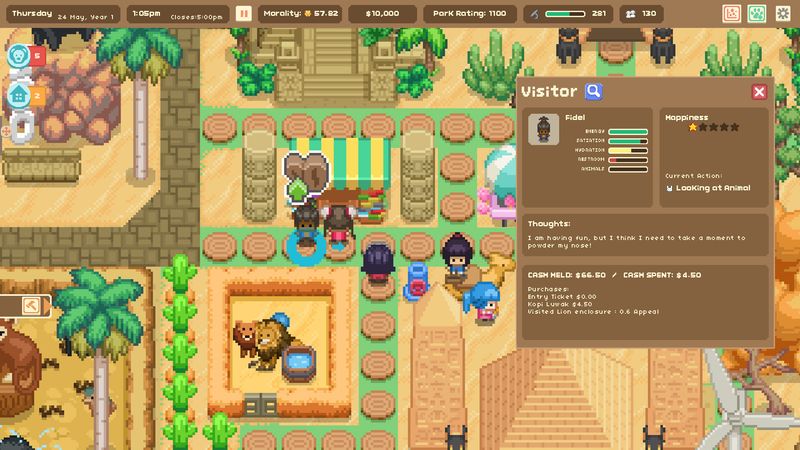
Sound and Music
Sound design is another area where Let’s Build a Zoo really shines. I found the soundtrack to be light and calming, a perfect backdrop for methodically managing your zoo. The music doesn’t overwhelm your focus, and it helps set a relaxed mood as you work through the management challenges.
Sound effects are playful and complement the overall theme. Whether it’s the cheerful chirps of birds or the quirky noises of some of the more unusual animals, each sound is designed to enhance the immersive, cozy ambiance of the game. Though there isn’t heavy voice acting, the little character quips and sound cues give life to the zoo, adding a layer of charm that, while subtle, certainly strengthens the overall experience.
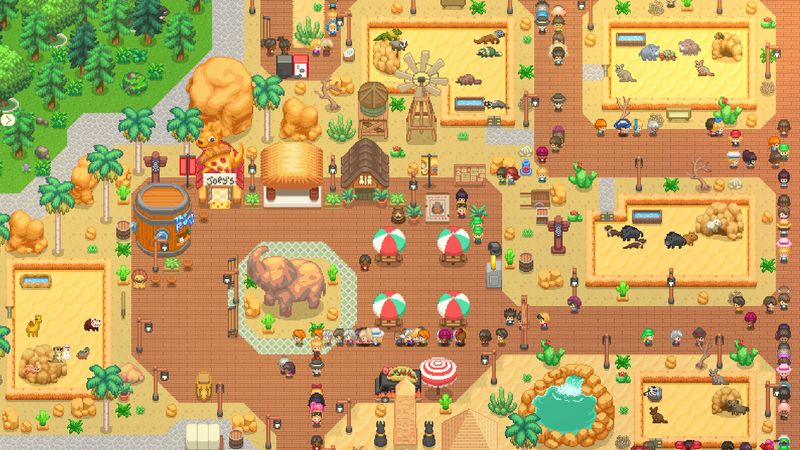
Difficulty and Replayability
Let’s Build a Zoo leans into its challenge in a way that might divide players. For those of us who enjoy a bit of a challenge wrapped in creativity, the game’s complexity is appealing. However, I can see how others might find the detailed micromanagement stressful rather than fun. As a casual gamer, I appreciate when a game gives me a chance to think through strategies at my own pace. Unfortunately, the occasional lack of clarity with the instructions can slow down that relaxed experience.
The replayability is decent if you enjoy tweaking your strategy and experimenting with new zoo configurations. The ability to breed a staggering variety of animals invites you to come back and try new combinations. Yet, that same aspect can lead to repetitive maintenance for some species that reproduce quickly. It ultimately becomes a balancing act between creativity and routine work. I personally found that if I took my time and used the quest system as a guide, I could manage the challenge while still enjoying the overall beauty of the zoo design.
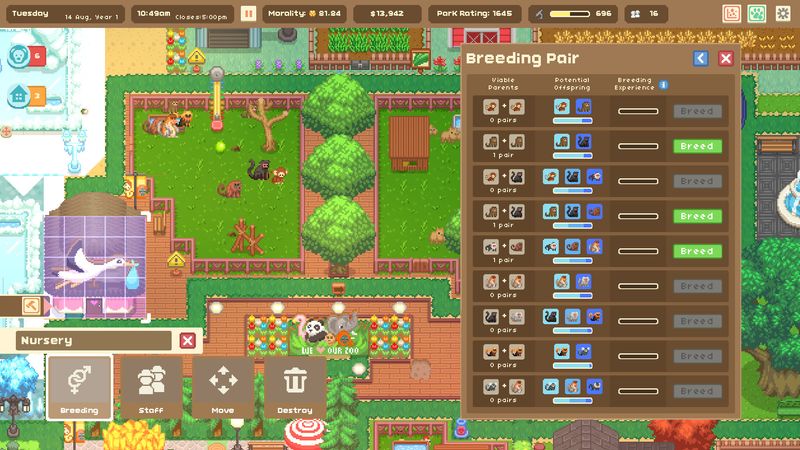
Final Thoughts and Rating
Let’s Build a Zoo is a creative, charming management game that offers lots of potential for fans of cozy simulations. Its vibrant visuals, calming soundtrack, and innovative animal genetics system make it stand out. However, the game suffers from some UI frustrations and repetitive management tasks. These hiccups might be a stumbling block for those looking for a completely relaxed experience.
In comparison with other casual simulation titles, it provides unique challenges and imaginative elements but could benefit from streamlining certain mechanics. For me, it remains an interesting experiment in zoo management that is fun to dip into, especially if you like a bit of challenge mixed with your creativity. I look forward to updates or tweaks that might refine some of the rough edges, such as improved interfaces or automated management features.
After weighing everything, I’d give Let’s Build a Zoo a solid 3.5 out of 5 stars. It’s a quirky and creative experience that has its heart in the right place, though it needs some smoothing out in execution. If you’re a fan of cozy, creative simulations and don’t mind working through some clunky tech, this game might just be a delightful addition to your collection.
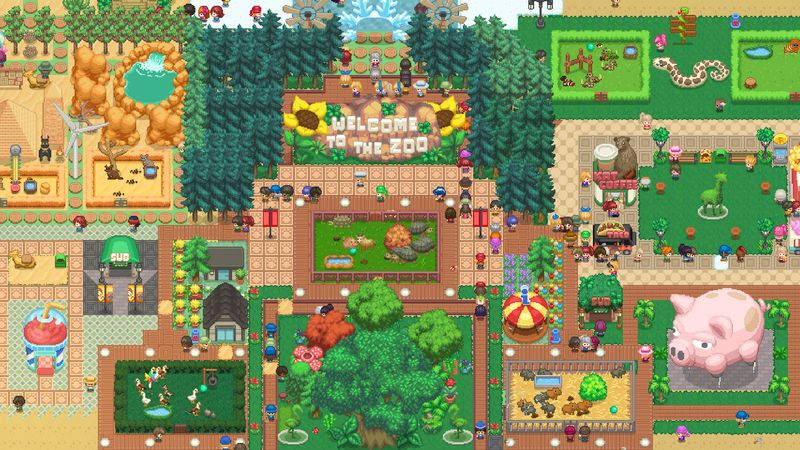
As a final note, I find it fascinating how Springloaded continues to push the boundaries of simulation games, even if things aren’t perfect on the first go. I hope No More Robots, the publisher, takes on board the community’s feedback and refines some areas for smoother gameplay in future updates.
Thanks for reading my review, and happy gaming, everyone!

